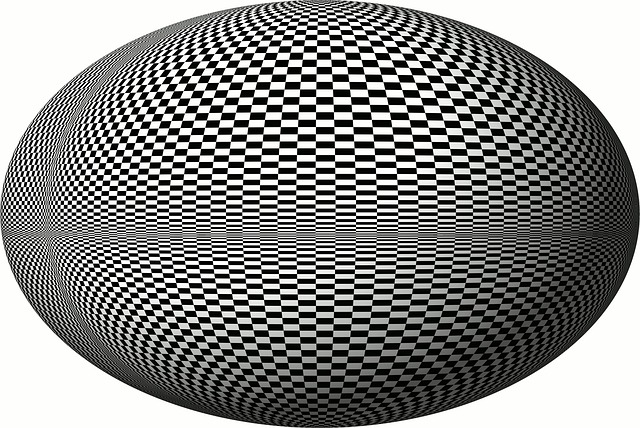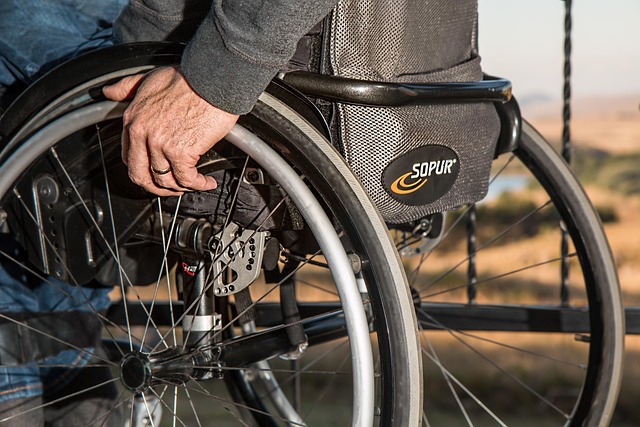Yoga postures (asanas) in yoga therapy classes offer both physical healing and relaxation, targeting muscle groups, improving flexibility, and promoting better posture. They facilitate mindfulness techniques for stress relief, aiding in tension release and helping those in addiction recovery or managing co-occurring disorders. Rehabilitation centers that offer art therapy can enhance their services by integrating yoga therapy, fostering community and support among peers in recovery. Combining yoga postures with mindfulness principles creates a powerful synergy for relaxation, physical well-being, mental clarity, and emotional resilience, addressing both mind and body in comprehensive care tailored to individual needs, including nutrition planning.
Discover the transformative power of yoga therapy classes, a holistic approach to relaxation and healing. By seamlessly integrating physical postures with mindfulness principles, these classes promote deep relaxation and well-being. Explore how specific yoga poses target the body’s tension points, while mindfulness techniques teach individuals to cultivate presence in the moment. Uncover the numerous benefits of combining yoga and mindfulness, making it an ideal practice for rehabilitation centers that offer art therapy, promoting physical healing alongside mental clarity.
- Yoga Postures: A Tool for Physical Healing and Relaxation
- Mindfulness in Motion: Techniques to Cultivate Presence
- Benefits of Combining Yoga and Mindfulness for Deep Relaxation
Yoga Postures: A Tool for Physical Healing and Relaxation

Yoga postures, or asanas, serve as powerful tools within yoga therapy classes, facilitating both physical healing and relaxation. Each pose is meticulously designed to target specific muscle groups, improve flexibility, and promote better posture. By engaging in these physical practices, individuals can experience a profound sense of calm while also addressing underlying physical ailments or injuries. The slow and deliberate movements encourage a mind-body connection, allowing participants to release tension from their bodies, which is especially beneficial for those navigating addiction recovery or managing co-occurring disorder treatment options.
Rehabilitation centers that offer art therapy often integrate yoga into their holistic healing programs because of its effectiveness in cultivating mindfulness techniques for stress relief. The combination of physical postures and mental focus helps individuals cultivate a deeper awareness of their bodies, enabling them to better manage pain and reduce the impact of stress. This approach can significantly contribute to overall well-being and facilitate a smoother transition towards lasting recovery.
Mindfulness in Motion: Techniques to Cultivate Presence

Mindfulness in motion is a powerful technique that combines the benefits of yoga postures with the practice of presence. During yoga therapy classes, participants are guided through physical movements while learning to focus their attention on the present moment. This dual approach helps individuals cultivate awareness not only of their bodies but also of their thoughts and emotions. By integrating mindfulness principles into traditional yoga practices, these classes offer a holistic approach to relaxation and rehabilitation.
Rehabilitation centers that offer art therapy or other creative outlets can benefit from incorporating yoga therapy as a complementary treatment option. The practice of mindfulness in motion supports mental health help by fostering empathy, accountability, and community among peers in recovery. Online support groups for loved ones of addicts, for instance, could encourage participants to explore the benefits of group counseling sessions, where shared experiences create a sense of belonging while cultivating personal growth and understanding.
Benefits of Combining Yoga and Mindfulness for Deep Relaxation

Combining yoga postures with mindfulness principles creates a powerful synergy that enhances deep relaxation. Yoga helps to stretch and strengthen the body, improving flexibility, balance, and range of motion. At the same time, mindfulness techniques cultivate present-moment awareness, allowing individuals to let go of anxious thoughts and stressful feelings. This integrated approach not only promotes physical well-being but also supports mental clarity and emotional resilience.
Rehabilitation centers that offer art therapy and other holistic practices, such as yoga, are increasingly recognizing their benefits for recovery. For those seeking mental health help or addiction treatment, these practices can be particularly effective. By addressing both the mind and body, rehabilitation programs specializing in specific substances can provide comprehensive care tailored to individual needs. Additionally, nutrition planning services for optimal health recovery can complement these therapeutic practices, ensuring that clients achieve holistic well-being during and after their journey.
Yoga therapy classes seamlessly blend physical postures with mindfulness principles, offering a powerful approach to deep relaxation. By integrating these techniques, rehabilitation centers that offer art therapy can enhance their services, promoting holistic healing and improved well-being for their clients. The benefits of combining yoga and mindfulness are well-documented, making it an invaluable tool for managing stress, cultivating presence, and achieving profound relaxation.






